Let’s face it: after a whole season of celebrating with family and friends, and indulging in special meals and desserts, most us of gain some weight. Our New Year’s resolutions usually include eating healthier and exercising. As we share our daily lives and celebrations more and more with our pets, we’re also sharing the consequences.
The weight gain in dogs, however, is for different reasons: they get walked less often since their owners are busy entertaining friends and family, they are left boarding in a kennel with limited exercise while the family is out of town or they steal delicious leftovers from the garbage. Most pet owners laugh when the vet announces that their dog has gained a couple of pounds, since this is about the average weight that their owners have also gained during the holidays. Humorous as it might be, a couple of extra pounds on a human is not the same as a couple of extra pounds on a dog; a Chihuahua that has gained two extra pounds would have increased its body weight by at least 25 percent.
In human terms, this would be like a woman that weighs 140 lbs gaining 35 lbs during the holidays. For this reason, it is critical for dogs to lose those extra pounds. Excess weight will create mobility problems, decrease energy and endurance and can lead to diabetes, cardiac disease and other serious medical conditions. Studies have shown that obesity will shorter a dog’s life span by about two years. With all this in mind, let’s go over the most important steps to help your dog lose that extra weight in the new year.
- Provide daily leash walks. To start burning calories, make sure your dog engages in constant low-impact cardio exercise for at least 15 minutes daily. It is ideal then to walk your dog 15-30 minutes twice a day.
- Feed the amount of calories recommended for the dog’s ideal weight. Read the dog food manufacturer’s label. It advises the recommended amount of food for each particular ideal weight. Use this as a starting guideline.
- Divide the total daily amount of food in two-to-three meals a day. This will prevent your dog’s metabolism from slowing down.
- Avoid high calorie treats. If you must offer treats, consider healthy ones: pieces of fruits (except grapes) or vegetables. The most popular among dogs are watermelon, banana, green beans and baby carrots.
- For dogs that eat too fast, slow down the eating process and help them enjoy the meal and feel full by using a compartment dish. There are many options on the market.
As we start the new year with healthy goals for ourselves, let’s share those goals with our pets too. In the end, your dog might become the best weight loss/exercise partner you ever had.
Dr Sanchez-Emden is the founder of the Animal Health and Rehab Center in South Miami. She has been practicing veterinary medicine for 24 years. As a Certified Veterinary Journalist, she is the resident veterinarian for various national tv shows. She authored the book “CHIHUAHUAS: How To Be Your Dog’s Best Friend”. She also hosts the podcast show “ Hablando de Perros y Gatos con Dr Marta” available at the main internet platforms. Follow her @Drmartavet on You Tube, Instagram and Twitter. Also find her at Facebook.com/dr.sanchezemden and animalhealthrehab.com


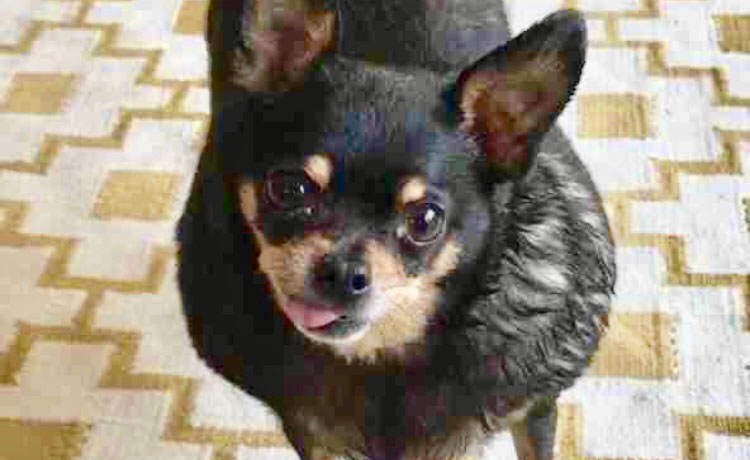


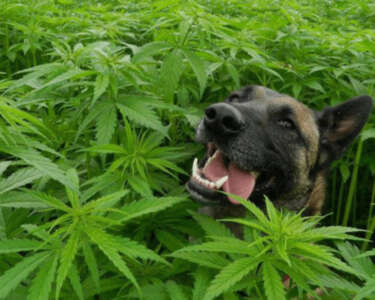
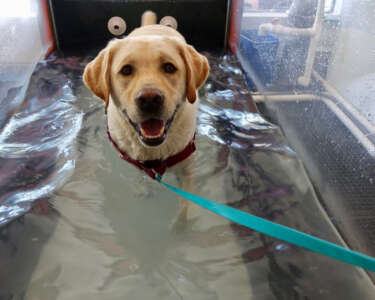
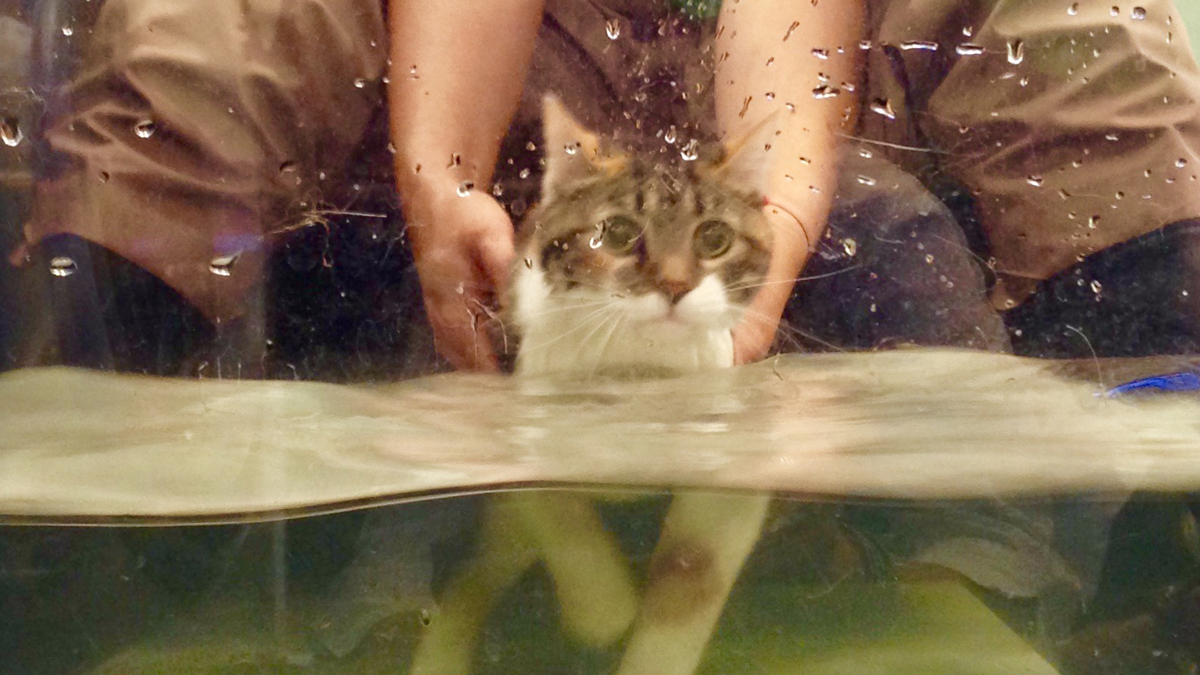
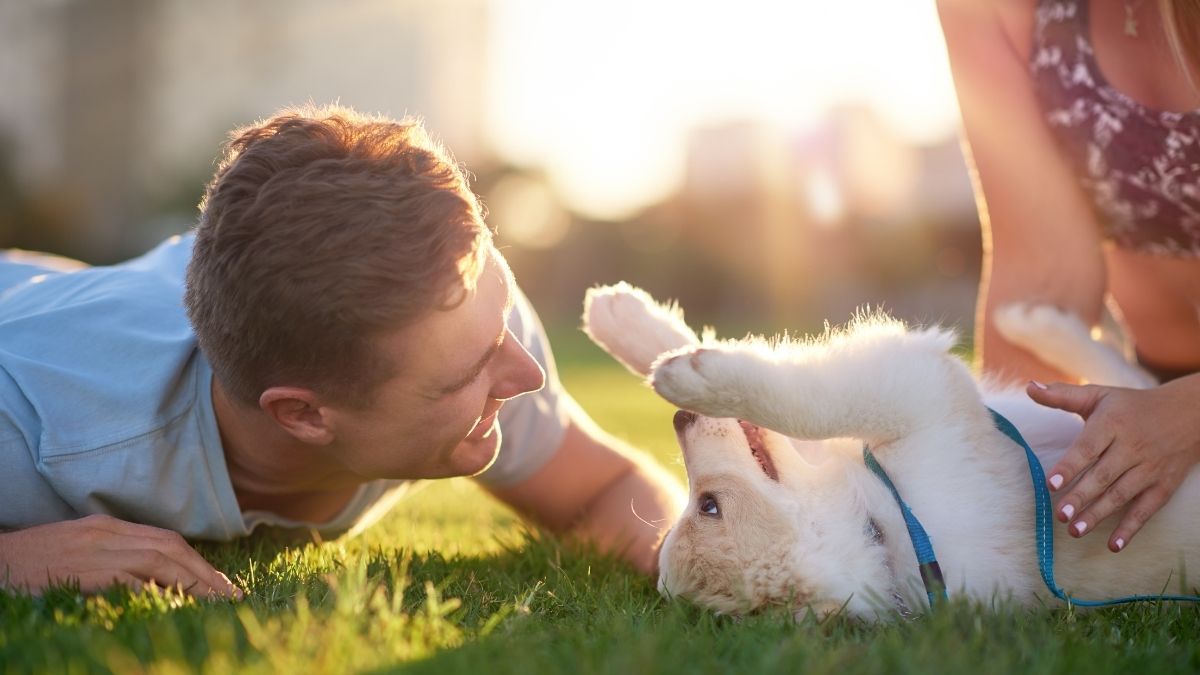
 Deering Estate
Deering Estate
 Massage Envy South Miami
Massage Envy South Miami
 Calla Blow Dry
Calla Blow Dry
 My Derma Clinic
My Derma Clinic
 Sushi Maki
Sushi Maki
 Sports Grill
Sports Grill
 The Healthy Kitchen
The Healthy Kitchen
 Golden Rule Seafood
Golden Rule Seafood
 Malanga Cuban Café
Malanga Cuban Café

 Kathleen Ballard
Kathleen Ballard
 Panter, Panter & Sampedro
Panter, Panter & Sampedro
 Vintage Liquors
Vintage Liquors
 The Dog from Ipanema
The Dog from Ipanema
 Rubinstein Family Chiropractic
Rubinstein Family Chiropractic
 Your Pet’s Best
Your Pet’s Best
 Indigo Republic
Indigo Republic




 ATR Luxury Homes
ATR Luxury Homes


 2112 Design Studio
2112 Design Studio
 Hamilton Fox & Company
Hamilton Fox & Company
 Creative Design Services
Creative Design Services
 Best Pest Professionals
Best Pest Professionals
 HD Tree Services
HD Tree Services
 Trinity Air Conditioning Company
Trinity Air Conditioning Company
 Cisca Construction & Development
Cisca Construction & Development
 Mosquito Joe
Mosquito Joe
 Cutler Bay Solar Solutions
Cutler Bay Solar Solutions


 Miami Royal Ballet & Dance
Miami Royal Ballet & Dance
 Christopher Columbus
Christopher Columbus
 Pineview Preschools
Pineview Preschools
 Westminster
Westminster
 Carrollton
Carrollton
 Lil’ Jungle
Lil’ Jungle
 Frost Science Museum
Frost Science Museum
 Palmer Trinity School
Palmer Trinity School
 South Florida Music
South Florida Music
 Pinecrest Orthodontics
Pinecrest Orthodontics
 Dr. Bob Pediatric Dentist
Dr. Bob Pediatric Dentist
 d.pediatrics
d.pediatrics
 South Miami Women’s Health
South Miami Women’s Health

 The Spot Barbershop
The Spot Barbershop
 My Derma Clinic
My Derma Clinic




 Miami Dance Project
Miami Dance Project

 Rubinstein Family Chiropractic
Rubinstein Family Chiropractic
 Indigo Republic
Indigo Republic

 Safes Universe
Safes Universe
 Vintage Liquors
Vintage Liquors
 Evenings Delight
Evenings Delight





 Atchana’s Homegrown Thai
Atchana’s Homegrown Thai
 Baptist Health South Florida
Baptist Health South Florida

 Laser Eye Center of Miami
Laser Eye Center of Miami
 Visiting Angels
Visiting Angels
 OpusCare of South Florida
OpusCare of South Florida

 Your Pet’s Best
Your Pet’s Best





 HD Tree Services
HD Tree Services
 Hamilton Fox & Company
Hamilton Fox & Company


 Creative Design Services
Creative Design Services